Green plants: care and advice
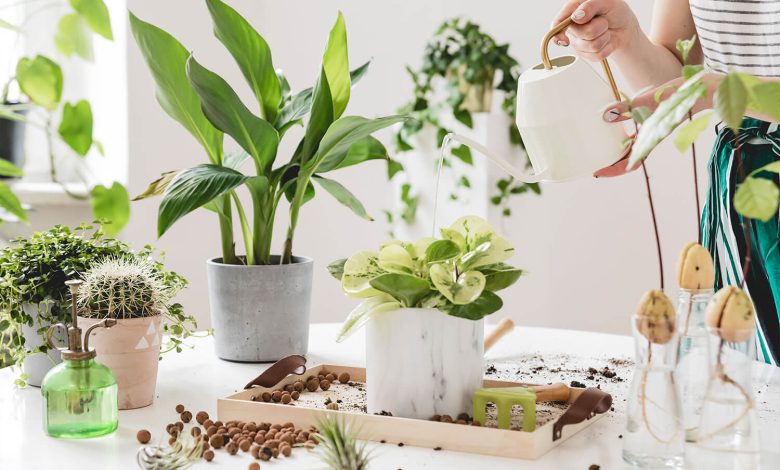
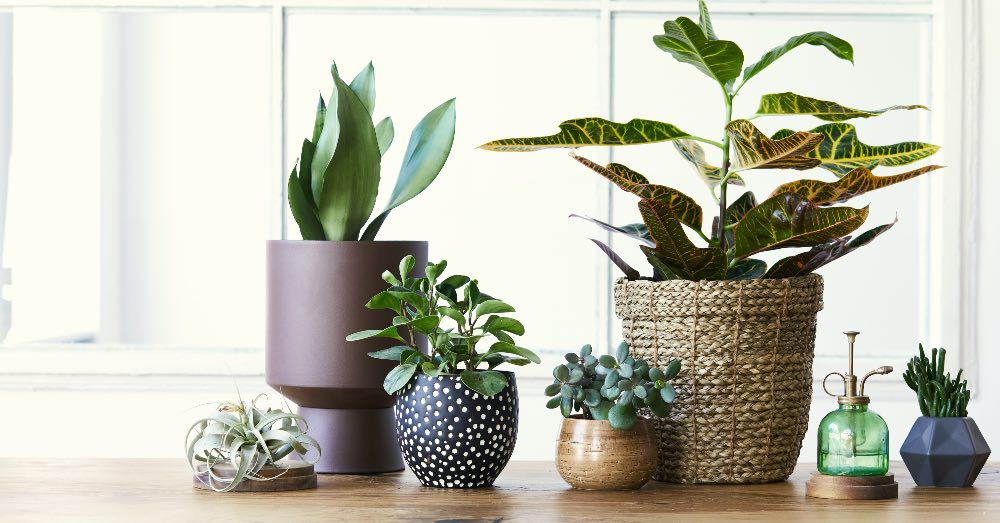
They are the protagonists of our houses and, however, we know little about them. Green plants are an extremely popular category of plants marked as having their own characteristics. By definition, this is considered to be those indoor plants with foliage of great ornamental value, and whose leaves have an intense color in which green is the protagonist.
In addition to this purely aesthetic characteristic, the family of green plants has another aspect that makes them unique. Many of the green plants are on NASA ‘s list of purifying plants. Some true allies to clean the air we breathe, capable of neutralizing harmful gases and substances dangerous to our health. A virtue that we can use to take care of our health.
For all these reasons, let’s discover more about these unique indoor plants that also offer one more advantage: they are ideal for spaces with reduced ventilation due to their incredible ability to improve ambient humidity levels.
GENERAL CARE OF GREEN PLANTS
In general, and with few exceptions, green plants are not complicated to grow. However, let’s not relax. Most of what we consider green indoor plants come from tropical regions, so they have very specific demands for light and temperature fundamentally. For this reason and to grow them smoothly, it is key to recreate very specific conditions in our homes. And no, let’s not underestimate this detail: although they are easy to care for, not taking their demands into account can ruin our plant.
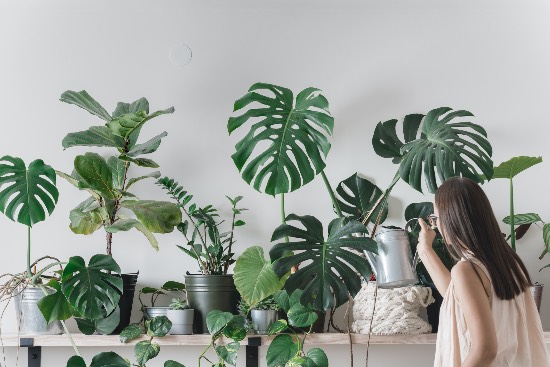
Once these aspects are understood, let’s see what the care of green indoor plants is. Some that, although generic, cannot lose sight of the peculiarities of each type of plant.
1. Generous lighting, one of the keys in growing green plants
It is one of the fundamental care of this type of plants. What’s more: in the case of green indoor plants, we cannot put aesthetic values before your needs. If they don’t get the amount of light they need, they’ll soon let us know by changing the color of their leaves. In those of a single tone, their adult leaves will turn yellow. In the case of green plants with different shades, the coloring will disappear to give way to leaves of a uniform green tone.
Therefore, it is essential to meet the light needs of each species. In general, they need good luminosity, usually filtered. However, you have to know that some of these green plants are on the list of low light houseplants.
2. Regular irrigation, another fundamental care
Basic and delicate! Most are picky when it comes to watering. In general, they do not tolerate drought although if we review, taking as an example one of the green plants par excellence, the care of the Monstera we discover that it can cope with it to a certain extent. Despite this exception, make no mistake: they are tropical plants and therefore need regular but always moderate watering.
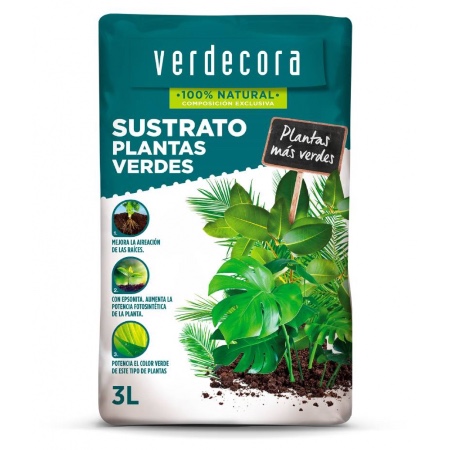
And we insist: moderate. Most of the green plants do not support waterlogging. Subjecting them to excess water will hinder the supply of oxygen to the roots. Something that could suffocate them and rot them. Avoiding it happens not only because we do not trust the surface of the substrate before watering again. It is also necessary to take into account both the environmental conditions and the specific hydration needs of each plant, and use a specific substrate for green plants that does its bit to evacuate excess water.
3. Environmental humidity, another maxim of its cultivation
To avoid damage to green plants, an increase in temperature must always be linked to an increase in ambient humidity. And we are not just talking about the summer months. In those of cold, the heating of the house can dry out the environment in excess, and have a negative impact on plants accustomed to developing in places where the humidity of the air is close to saturation.
To increase humidity, the leaves should be misted with water and the pots placed on a layer of moist gravel.
4. Stable temperature, essential for your well-being
Due to its origin, it is essential to provide our green plants with environments that are between 18 and 24 degrees. But even more than a warm temperature, it is crucial to avoid temperature jumps. If we expose our plants to drafts or sudden changes in temperature, it is likely that we will see damage to their leaves.
In addition and having them located near the windows, we will prevent the leaves from touching them. Especially on winter nights, the cold that the glass can transmit to the plants can also affect them.
5. Fertilized with specific fertilizer, essential for the color of its leaves
Another characteristic of green plants is that they require specific nutrients in order to maintain their unique color. Something that we must pamper, not only through the use of a suitable substrate but, fundamentally, through the fertilizer.
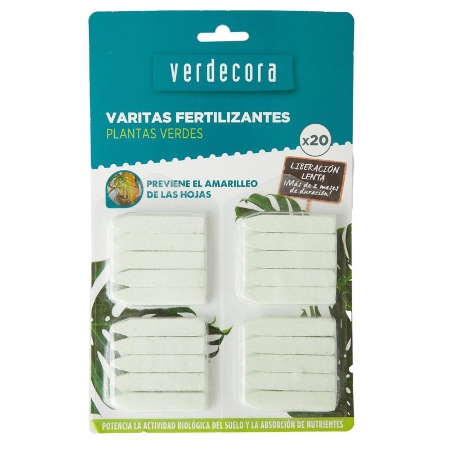
Among the different types of fertilizers for plants, those designed for green plants are designed to boost their characteristic colors by providing them with the specific nutrients for it. Whether we opt for the liquid fertilizer for green plants, ideal to penetrate to the roots, or if we do it by the fertilizer in wands, it is essential to be rigorous with the administration pattern. Only then will the fertilizers do their job.
6. Regular transplant, another aspect that helps in its growth
A task that we do not usually pay attention to but that is essential for the development of any species. Knowing how to transplant a plant correctly is key so that this routine task plays in favor of its well-being. And, for this, we have to understand something: a potted plant lives in a limited volume of soil, so the roots quickly occupy the space available to them. Something that causes the depletion of soil nutrients, key to its growth.
With few exceptions, green plants must be transplanted once a year at the beginning of the vegetative period. The appearance of the roots through the drainage holes of the pots is an unequivocal signal to carry out the transplant. We also have to consider two more aspects. On the one hand, we have to choose between the different types of pots the ideal one for our plant according to its humidity needs. On the other, that the new container should be slightly larger than the original pot.
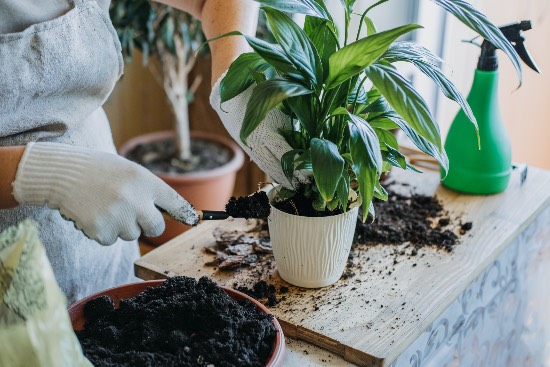
7. Constant review to stop pests and diseases, the last detail to consider in the care of green indoor plants
Although there are some indoor green plants that are highly resistant to pests and diseases, there are others that are cannon fodder for them. The most common pests that afflict them are aphids, mealybugs and spider mites. Three annoying insects that we must know closely to stop as soon as we detect them.
Apart from this, it is also important to know the signs of diseases in the plants to detect that there is some aspect in their cultivation that we are not fulfilling correctly. In the case of green plants, there are two clear symptoms.
- Yellowing of the leaves: it can be due to several reasons, so we will have to review the care we are giving our plant. Depending on the species, this change in color can be synonymous with excess or defect in irrigation.
- Dry tips: usually synonymous with environmental dryness or drafts.
And yes: the world of green plants is as varied as it is fascinating. An authentic plant universe in which, yes or yes, you will find the perfect plant for you.

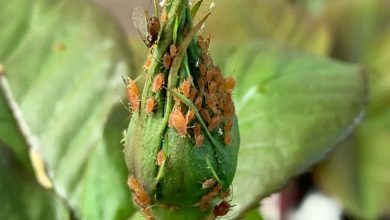
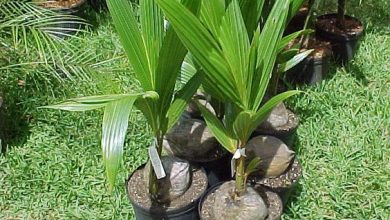

![Photo of Subtropical Climate: [Characteristics, Flora, Fauna and Adaptability]](https://www.complete-gardening.com/wp-content/uploads/2022/08/subtropical-climate-characteristics-flora-fauna-and-adaptability-390x220.jpg)